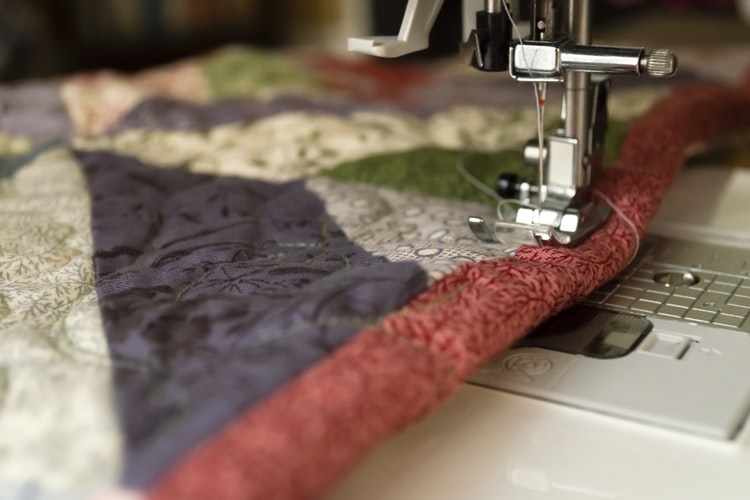What is textile and what is it made of according to Misha Kaura?
As Misha Kaura explains it, textile refers to a flexible material made from natural or artificial fibers called yarn. They are obtained from wool, flax, cotton and hemp which are then spun into long strands and then woven, knitted, braided, felted or crocheted into the material called textile. The term textile is a Latin which originates from the word “textere” meaning to weave. It is a broader word which covers other materials such as fabric and cloth. Textile is made from Animal, plant, mineral and synthetic material. Animal sources of yarn are hair, wool, fur, skin or silk. Plant fibers are numerous as just about any plant can be used in making yarn for textile. Mineral sources consist of things like asbestos, glass fiber and metal. And lastly, synthetic materials used in textile making include, polyester, acrylic, nylon, spandex and aramid to list a few.
Colors, patterns and treatment of textile
Colored and patterned textile designs are created by weaving together different fibers and colors of yarn in a defined pattern to attain a specific look. They also undergo an intricate dyeing process to be available in different colors or bleached to become pale or white. They are required by industry standards and regulations to undergo a range of treatments from formaldehyde finishes, biocidic finishes, flame retardants and dying before they reach the final consumers.
Uses of textile
Textiles are used for numerous things that range from clothing, upholstery, carpeting, bags and baskets, artworks, window shades, traditional arts and crafts like embroidery, weaving, quilting and any sort of coverage available. They are such versatile materials that can be manipulated to be super soft or extra-strong depending on the intended use of the end product. They also vary in price and quality and because most, particularly synthetic textile, are so affordable, they are in high demand as an effective alternative to their more natural cousins.
Top producers and exporters of textile in the world
Most countries produce textile from all four sources but the top five producers and exporters of textile are China, India, Italy Germany and Bangladesh. They supply not just markets that go on to retail but also artists and fashion designers like Misha Kaura who are constantly sourcing for fresh and new materials with which to upgrade their artistic creations.
Things to know about working in the textile industry
Breaking into the textile industry is no small feat. Whether it’s as a producer, a supplier or retailer, there are certain bases that need to be covered and understood before starting a textile business. Misha Kaura outlines five of her top tips for those embarking on this venture. But before we get into it, as in every industry, you must have some business basic knowledge. Luckily, you can take advantage of the best online business courses of 2020.
- First and foremost, one has to know the market. Thorough knowledge of the textile business and industry as a whole is absolutely necessary as a lack of is a recipe for sure failure. The need for proper and in-depth research on the textile industry cannot be overemphasized.
- Understanding the demand for the particular product to be sold, the competition from other sellers and the price of the textile on the market is needed to properly assess one’s chances to succeed on in the market.
- Sourcing for raw materials and vendors who can supply them is the next step in this endeavor. Connecting with people who work in this industry from the fields right to the offices is a must. At every level of production, there is a specialist that one must know.
- The location of the business plays a major role in influencing the success and growth of the business. It should be accessible to suppliers ad target customers as too much distance can cost the business more than it will make in its initial stages. It should also be well connected and situated in places with an abundance of power and water and transportation logistics should be well sorted out for easy mobility and delivery.
- Lastly, marketing and advertisement should be properly and strategically invested in. the services of an expert in marketing and advertisements both traditionally and digitally should be sought to get the business out there and attract customers who will patronize the business.
Conclusion
The world of fabric and textile is vast and very accommodating to new investors but like any other business venture, the need for thorough research and information cannot be downplayed. Connecting with a specialist in the industry and studying successful textile companies is a great step toward achieving that goal.



